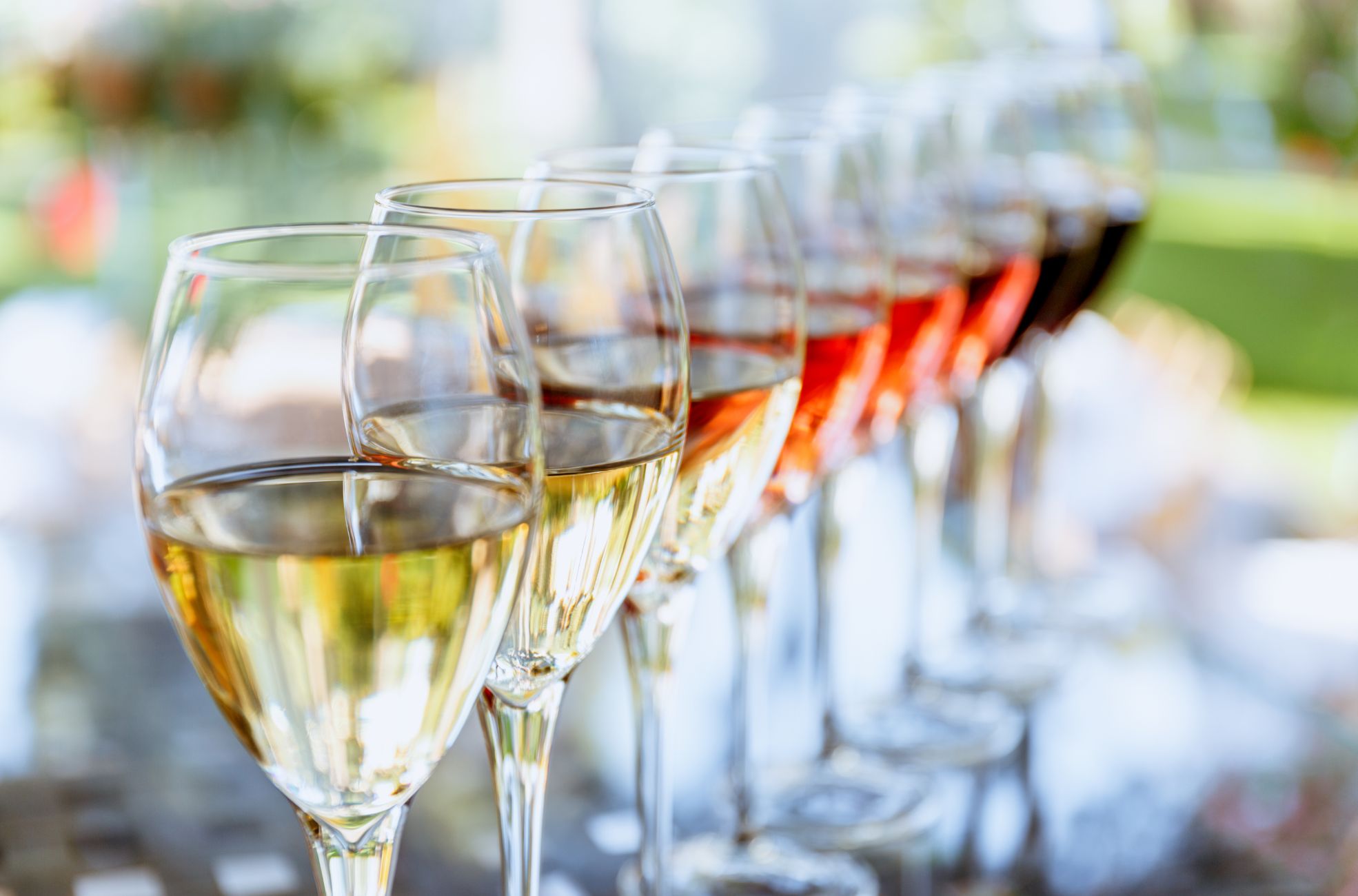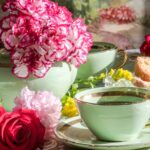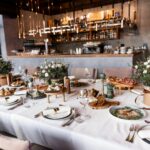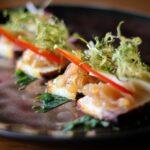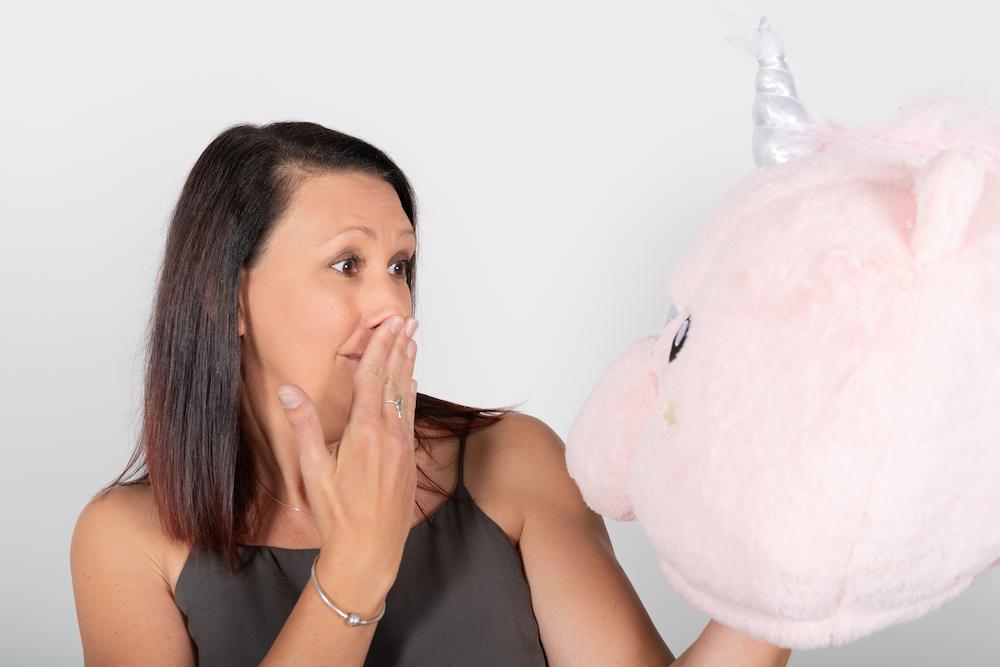To host a wine tasting that’ll leave a lasting impression, there’s more to it than just popping open a few bottles. Wine tastings are a fine blend of art and science, and an exceptional one is crafted with thoughtful planning and attention to detail.
When you organise such an event, it’s key to curate a diverse selection of wines that will tantalise various palates, create an inviting atmosphere that complements the essence of the wines, and engage your guests with educational insights and interactive experiences.
Whether you’re a seasoned connoisseur or a budding enthusiast, our expert suggestions will help you orchestrate a wine-tasting event that enlightens and entertains, making it a truly memorable occasion for everyone involved.
Choosing the Right Wines
Variety is Key
To elevate your wine-tasting event, it’s essential to offer a diverse selection of wines catering to various palates. Incorporating a range of styles is key. Your choices should be varied from the crispness of a Sauvignon Blanc to the richness of a Chardonnay or Roussanne.
Similarly, your red wine selections should balance boldness and fruitiness. Options like a robust Bordeaux-style blend and a more delicate Pinot Noir are ideal. This variety ensures that your guests can explore different tastes and find something that resonates with their preferences.
Considering Different Regions
Exploring wines from various regions can significantly enrich the tasting experience. A horizontal wine tasting, for instance, allows you to sample different wines from the same vintage but from distinct regions. This type of tasting highlights the impact of terroir on the wine’s character.
Terroir includes soil, climate, and winemaking techniques. It’s an educational journey that can deepen your appreciation for the nuances that each region imparts to its wines.
Vintage Variations
Vintage variations are a fascinating aspect of winemaking. Each year brings its own set of challenges and triumphs. Climate plays a pivotal role, as cooler regions or years with unpredictable weather can lead to significant differences in the wine’s profile.
For example, a rainy season might dilute the grape’s flavours, while frost can damage early buds. Offering a vertical tasting, which includes different vintages of the same wine, can showcase how these variations affect the ageing process and the wine’s development over time.
Pairing Wines for Tasting Flow
The sequence in which wines are presented can greatly influence the tasting experience. Starting with lighter wines and progressing to fuller-bodied varieties can help maintain a natural flow and prevent palate fatigue. Including at least one sweeter option, like a fragrant Moscato, is also beneficial.
This sweet option can complement desserts or appeal to those who prefer less dry wines. Seasonality can also guide your selection, with lighter wines being more desirable in warmer months and fuller-bodied reds preferred during colder seasons. By thoughtfully pairing wines, you can create a harmonious tasting journey that captivates and educates your guests.
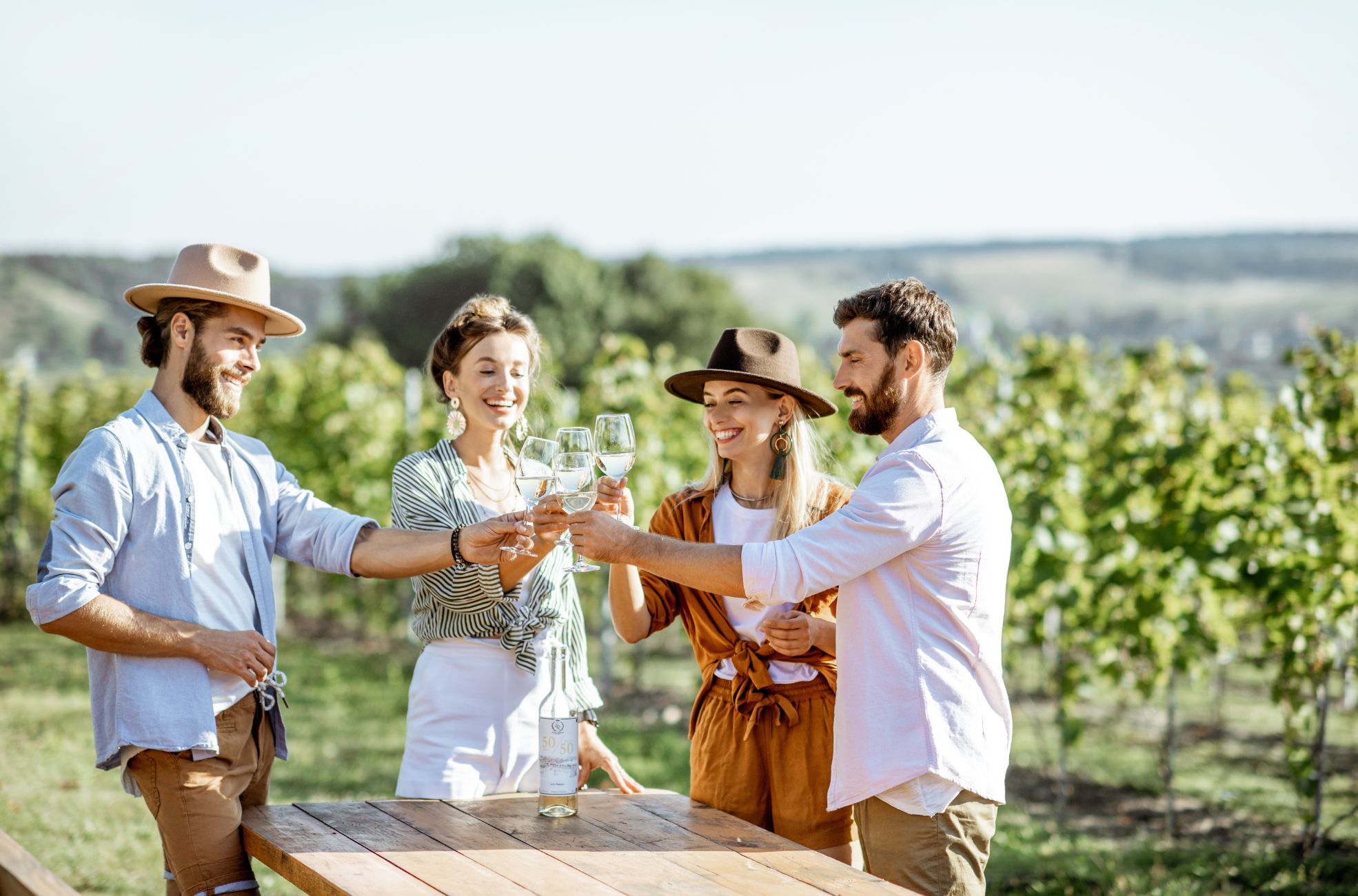
Setting the Scene
Selecting the Venue
The venue for your wine tasting sets the stage for the event. Whether it’s the intimacy of a private home, the elegance of a professional event space, or the natural setting of an outdoor area, the location should be conducive to wine appreciation. It’s important to choose a place with good lighting and devoid of overpowering smells that could interfere with the perception of the wine’s bouquet.
An environment with a neutral aroma is crucial for allowing the wine’s scent to be the focus. When deciding on the number of participants, consider a group size that fosters close-knit interaction, usually between 8 and 12 individuals who share an enthusiasm for wine.
Creating a Cosy Ambiance
The atmosphere of your event plays a significant role in the overall experience. The environment should be welcoming, allowing guests to relax and fully engage with the wines. The illumination should be sufficient to appreciate the wine’s hue and transparency.
Proper glassware is important for guests to compare different wines effectively. Offer neutral palate cleansers such as unsalted crackers or bread, and ensure water is accessible for hydration and palate cleansing between wines (which is advised under serving alcohol).
Live Entertainment Options
Background music can enhance the atmosphere of a wine tasting, provided it is subtle and does not distract from the wines. Incorporating live musicians can lend an air of sophistication and reflect the cultural background of the wines being sampled.
- String Quartet or Violinist: A string quartet or solo violinist adds an elegant touch to any event, particularly one featuring classical or European wines. The gentle strains of strings can evoke the origins of the wines, creating a harmonious backdrop.
- Acoustic Guitarist: For a more laid-back, intimate vibe, an acoustic guitarist can provide soft, melodic tunes that blend seamlessly with the evening’s flow. This option works well with New World wines, offering a modern yet refined feel.
- Pianist: A pianist can offer a wide range of musical styles, from classical to jazz, making this a versatile option. A grand piano, in particular, can become a focal point. Yet, its music should remain in the background, enhancing rather than overpowering the tasting experience.
The entertainment should be a secondary feature that enriches the sensory experience without taking centre stage, allowing the wines to remain the focus of the event.
Decorating with a Theme
Implementing a theme can bring focus and enthusiasm to the event. A theme can direct both the wine choices and the event’s flow, whether it’s highlighting a particular wine region or a type of wine, such as a selection of Cabernet Sauvignons. Decorations should be tasteful and reflect the theme, adding to the ambience without being distracting.
From the order in which wines are presented to the provision of educational tasting notes and scoring sheets, every element should align with the theme to ensure a unified and engaging experience. Offer guests compelling information about the background, varietal, and production of each wine, and consider incorporating interactive elements like blind tastings to add an element of surprise and discovery.
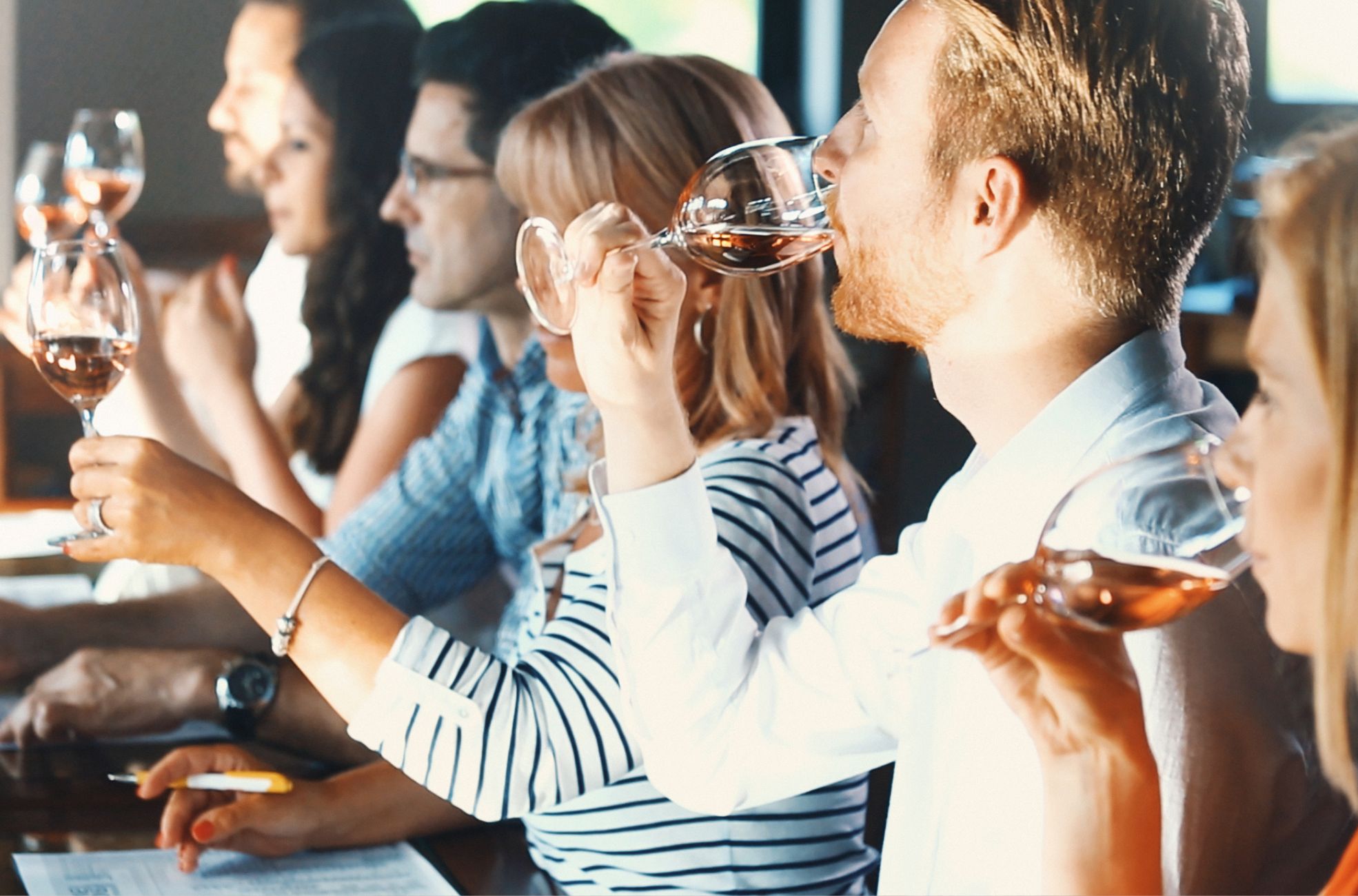
Essential Tasting Tools
Types of Glasses
The choice of wine glasses is imperative, as they can significantly influence your experience. Stemmed glasses are composed of a base, stem, and bowl, with the bowl being the most critical part of allowing the wine to breathe, thus enhancing its aroma and flavour.
The space above the wine in the glass is designed to capture the bouquet, which is essential for evaluating the wine’s sensory aspects. Stemless glasses, which lack a stem or base and sit directly on the table with a flat bottom, may be more practical and less likely to tip over. Still, they’re not as effective for temperature control.
Red wine glasses are generally larger than those for white wine, offering a greater surface area for the wine to oxygenate. White wine glasses are smaller to maintain the wine’s cooler temperature and protect its delicate aromas.
Glasses have been crafted for specific grape varieties and regions to highlight the characteristics of certain wine styles. However, a ‘universal’ wine glass can be a versatile option for serving different types of wine.
Pouring and Decanting Equipment
Pouring wine with finesse can elevate the overall tasting experience. It’s best to pour wine with the glass on a stable surface and without touching its rim. A typical serving is around 5 ounces (150 millilitres), and you should present the bottle with the label visible so that guests can see what they’re drinking. Pouring gently and twisting the bottle at the end can help prevent drips. Having a cloth napkin nearby is also handy for accidental spills.
Wine is traditionally served clockwise around the table, starting from the host’s left and pouring from the right, with the host being served last.
A decanter is a stylish and functional tool for separating wine from any sediment. It’s beneficial for young and mature wines, with certain designs featuring air pockets allowing for multiple decanting. Decanters come in various sizes, from small ones for a single glass to larger ones for magnum or double magnum bottles. Machine-made decanters are convenient for everyday use and can be stored in a fridge or ice bucket to keep wines chilled.
Palate Cleansers and Snacks
Palate cleansers for your catering are essential for neutralising your palate between different wines. This ensures that each wine can be tasted without the lingering taste of the previous one. Suitable foods include bread, mild cheese, crisp fruits such as apples or pears, celery, green olives, and plain crackers.
These should be fairly bland to avoid overpowering flavours. For drinks, sparkling water, beer, and Champagne or Sparkling Wine are excellent for refreshing your palate. Additionally, having whole coffee beans to hand can act as an olfactory cleanser, helping guests identify the distinct aromas of each wine.
Tasting Sheets and Pens
Tasting sheets and pens are crucial for guests to record their thoughts on each wine. These sheets may include categories like appearance, aroma, body, taste, and finish, encouraging a systematic approach to tasting and discussion. These resources encourage guests to dive into the wine tasting, noting their observations and preferences.
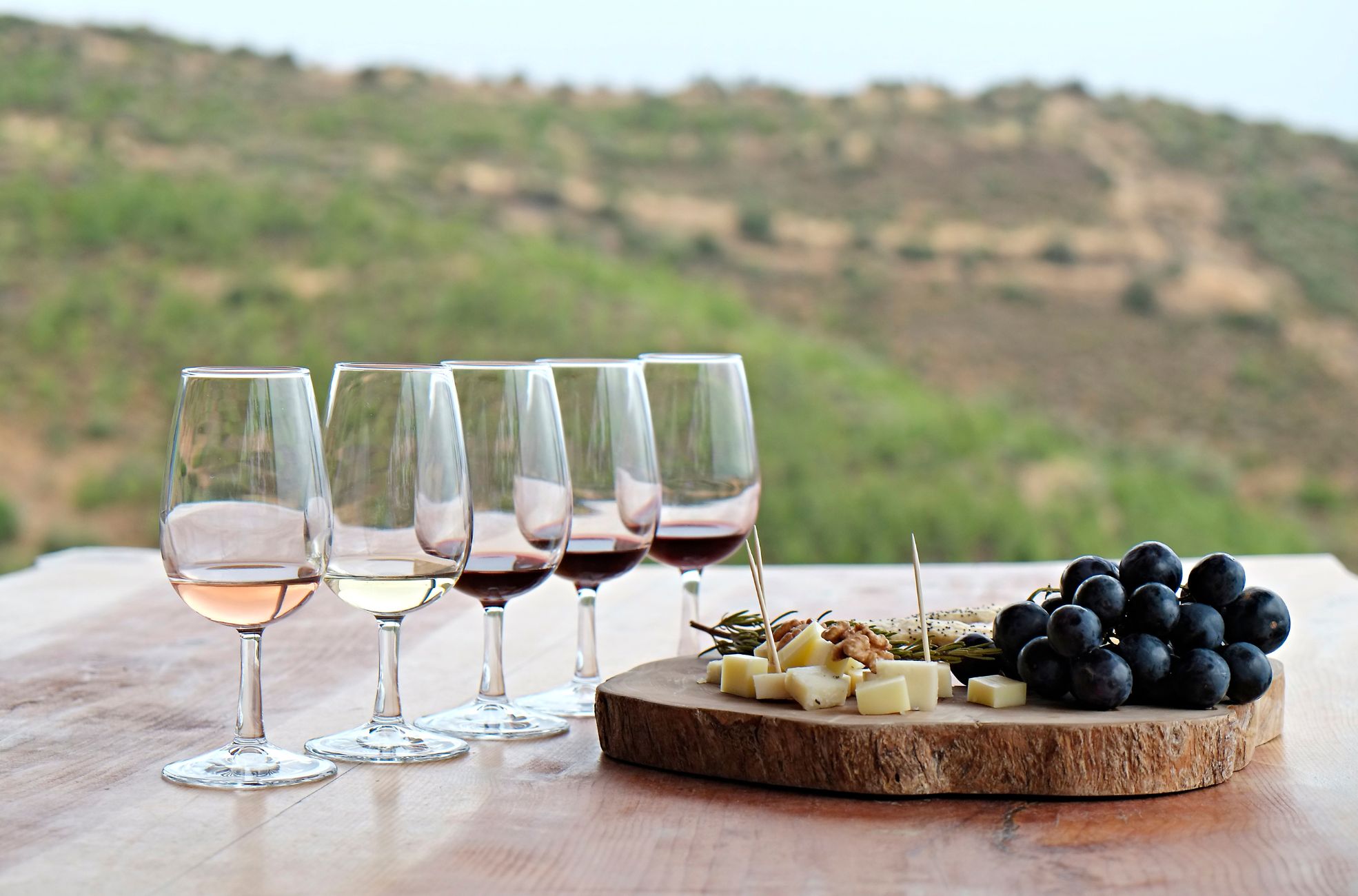
Educating Your Guests
Brief Overview of Tasting Techniques
Engaging your senses is essential to appreciating the complexities of wine. Observing the wine’s colour and clarity can offer insights into its age and the grape varieties used. Swirling the wine in your glass aerates it, enhancing its aromas.
This is followed by nosing to detect the array of scents that contribute to the wine’s profile. The actual tasting involves:
- Sipping the wine.
- Allowing it to coat your palate.
- Noting the flavours and textures before swallowing.
Reflecting on the wine’s aftertaste and overall balance concludes the sensory journey.
Explaining Terminology
Understanding the terminology used in tasting is crucial for appreciating the nuances of wine. Acidity gives the wine its fresh, tart, and crisp attributes, often forming the backbone of the wine’s structure. Tannins in red wines contribute to the dry sensation in your mouth.
The term ‘bouquet’ pertains to the complex aromas in aged wines, while ‘Finish’ describes the lingering aftertaste. ‘Notes’ are the specific flavours identified, such as fruity or spicy.
‘Oak’ indicates the use of oak barrels in the ageing process, which imparts vanilla or toast-like flavours.
‘Body’ describes the weight or fullness of the wine on your palate, ranging from light to full-bodied. ‘Dry’ wines are those without residual sugar, and ‘elegant’ wines are well-balanced with subtle flavours.
Discussing Wine Regions and History
The history of wine is as rich and varied as the drink itself, with its origins tracing back to ancient times. Archaeological findings suggest that the earliest wine production occurred in regions such as Georgia, Iran, Greece, and Armenia, dating back to 6000 BC.
These ancient wines were made from Vitis vinifera, the same species of grape used today. The remnants of crushed grapes found at a Greek site and the discovery of the oldest-known winery in an Armenian cave provide tangible evidence of early winemaking practices. Throughout history, wine has played a significant role in various cultures.
In ancient Egypt, wine was predominantly red and used in ceremonial life. The Phoenicians were instrumental in spreading viticulture across the Mediterranean. In ancient Israel, wine was a favoured element within the culture. The Greeks and Romans further advanced viticulture, with the latter developing an early form of appellation systems.
They recognised regions for their quality wines, such as Falernian, Praetorian, and Mamertine. The Romans also innovated with the use of barrels and glass bottles for storage and transport. They recognised wine’s medicinal properties.
Hosting Guided Tastings
A guided tasting is an effective way to educate guests about wine. It involves leading participants through the tasting process, explaining each step from visual inspection to the final reflection on the wine’s qualities. Encourage guests to use descriptive language to articulate their impressions and jot down notes on paper or using a wine-tasting app.
This enhances the tasting experience and helps develop a deeper understanding and appreciation of the wine. As you guide your guests, you can share knowledge about the winery, the wines being tasted, and the regions they originate from.
You can weave in historical anecdotes to enrich the narrative. With practice, both you and your guests will refine your tasting skills and become more attuned to the subtleties of different wines.
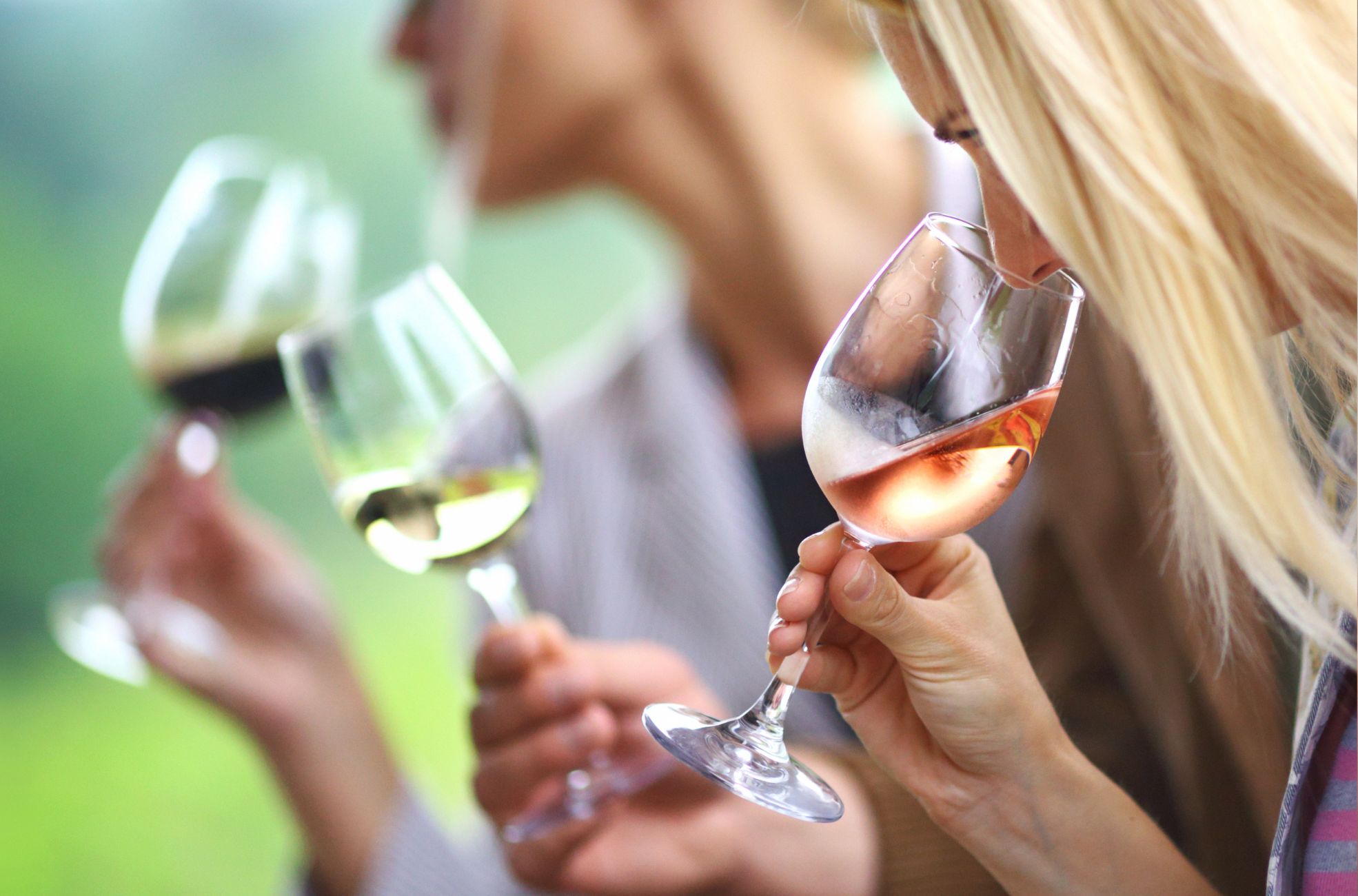
Enhancing the Experience
Incorporating Food Pairings
Consider the harmonious combination of wine and appetisers to take your wine tasting to the next level. For instance, the earthy notes of a Pinot Noir pair exquisitely with crostini adorned with mushrooms and parmesan.
A robust Cabernet Sauvignon complements a cheese platter, providing a classic yet refined choice. For those with adventurous palates, the intense flavours of Malbec are tempered by the sweetness of roasted carrots and the richness of a red pepper filled with aubergine. Seafood enthusiasts might savour the crispness of a Pinot Grigio alongside seafood, or the opulent, buttery layers of a White Burgundy with scallops encased in bacon.
The sharp acidity of Sauvignon Blanc cuts through the creaminess of citrus-laden dishes. With its subtle charm, an Etna Rosso pairs seamlessly with bruschetta topped with fresh tomatoes and tuna. Nero d’Avola can be served with baby lamb chops or a curated charcuterie assortment for a heartier selection.
To ensure inclusivity, offer a variety of craft beers. This caters to all preferences, from the wine enthusiast to the beer lover. A range of appetisers, from a modest assortment of olives and salty nibbles to more intricate creations like Sicilian arancini or aubergine caponata, can accommodate diverse tastes and dietary requirements.
Background Music Choices
The auditory element of a wine tasting is just as important as the gustatory. A carefully curated playlist can set the tone without overshadowing the conversation. Diversify your music selection, from the tranquil ambience of a French winery soundscape to the vibrant rhythms of traditional wine-tasting jazz.
Smooth jazz can provide an elegant backdrop, fostering a relaxed yet cultured environment that complements the wine tasting.
Interactive Activities
Involving your guests in interactive activities can introduce an element of entertainment to your wine tasting. Blindfolded tastings test the senses and prompt guests to rely solely on taste and smell, transforming a simple tasting into an immersive experience.
For those interested in the provenance of their wine, digital vineyard tours can provide an insightful glimpse into the winemaking process. Wine and cheese pairing workshops can endow guests with practical knowledge. Wine trivia and themed contests add a competitive element to the gathering.
For the artistically minded, combining painting with wine tasting or engaging in wine-themed charades can spark joy and camaraderie. Wine cocktail crafting sessions allow guests to experiment with flavours and create their own unique beverages.
Take-home Materials for Guests
Consider providing your guests with materials to take home. These could include educational brochures summarising the evening’s wines and pairings or branded souvenirs as mementoes. Social media accessories can inspire guests to share their experiences, extending the reach of the event.
These items serve as a marketing tool and offer guests a physical memento of the enjoyable experience well after the event concludes.
Raise Your Glass
With these top-notch tips, your wine tasting event is set to be a sophisticated and immersive affair that will linger in your guests’ memories. From the curated variety of wines to the considered ambience of the venue, each detail is a building block towards achieving an exceptional experience.
Remember, the essence of remarkable wine tasting is found in the joy of discovery and the shared passion for wine’s multifaceted world. Whether you’re a novice or a connoisseur, fostering an atmosphere of exploration and education ensures that every sip taken is one step closer to enlightenment.
So, gather your glasses, pour with poise, and toast to an enchanting evening where every flavour tells a story, and every moment is savoured. Cheers to a successful event!

